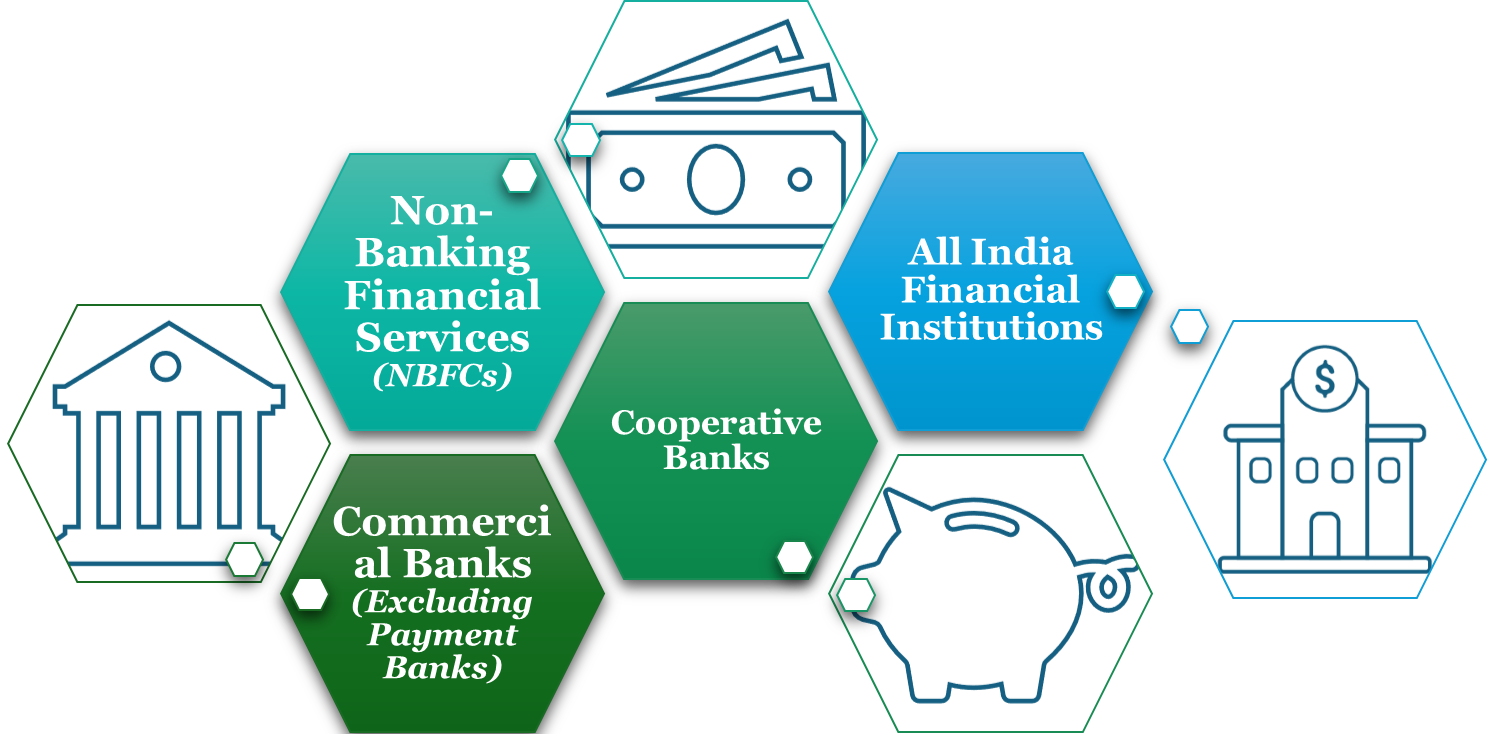The Reserve Bank of India (RBI) issued the “Reserve Bank of India (Pre payment Charges on Loans) Directions, 2025”, on July 2, 2025, introducing a unified, transparent framework to regulate pre payment charges levied by financial institutions. These directions, applicable to all term and demand loans sanctioned or renewed on or after January 1, 2026. These directions are aimed at protecting borrowers—particularly Micro and Small Enterprises (MSEs)—from unfair practices and promoting ease of credit mobility.
Why Did RBI Introduce the 2025 Guidelines?
RBI’s supervision found that banks and NBFCs were charging widely different pre-payment fees, leading to increased customer complaints and disputes. Some lenders additionally, even used restrictive loan clauses to discourage the borrowers from switching to other lenders offering better interest rates or services.
To address this concern, RBI released a draft circular in February 2025 for public feedback. Around 2,300 responses were received from banks, NBFCs, industry associations, and consumer groups. Feedback highlighted the need for uniform rules to ensure fairness. After reviewing this input, RBI finalized and issued the new directions on July 2, 2025.
Who Must Follow RBI’s Prepayment Rules in 2025?

Significance for Borrowers and the Financial Sector:
- Remove arbitary pre-payment charges
- Foster healthy competition among lenders
- Refinancing option at better rates
- Enhance Credit Affordability
- Support Financial Inclusion
- Remove Barriers on switching lenders
Key Provisions at a Glance:
-
Provision for Pre-payment Charges on Floating Rate Loans or Advances
- For Business Purposes
- Granted to Individuals or MSEs with or without obligant(s)
- No charge levied by CB*, Tier 4 Primary UCB, NBFC-UL, AIFI
- No charge levied by SFB, Tier 3 Primary UCB, RRB, NBFC-ML, SCB, CCB, on loans with sanction limit upto Rs. 50 Lakhs
- Granted to Individuals or MSEs with or without obligant(s)
- For Non-Business Purposes
- Granted to Individuals with or without co-obligant(s)
- No charge levied
- Granted to Individuals with or without co-obligant(s)
Note:
- Excludes SFB, RRB and LAB.
- Such provisions are applicable irrespective of the source of funds used for pre-payment of loans, either in part or in full, and without any minimum lock-in period.
- For all cases not specifically covered above, any pre-payment charges will follow the RE’s approved policy.
- For term loans, if pre-payment charges are applied, they should be calculated on the prepaid amount.
- For cash credit or overdraft facilities, pre-payment charges on early closure can be levied on an amount up to the sanctioned limit. However, no such charges will apply if the borrower notifies the RE in advance of their decision not to renew the facility and it is closed on its agreed expiry date.
Immediate Actionable for REs:
- Disclosure requirements i.e., Pre-payment charges/ fees to be clearly disclosed in:
Sanction LetterLoan AgreementKey Facts Statement (KFS)
- Align their internal policies, before January 1, 2026 deadline to ensure full compliance with the provisions of this newly introduced Reserve Bank of India (Pre-payment Charges on Loans) Directions, 2025.
-
Abstain from levying any charges/ fees retrospectively at the time of pre-payment of loans, which were waived off earlier by the RE.
Abbreviations:
- RE-Regulated Entity/es
- RBI-Reserve Bank of India
- NBFC-Non-Banking Financial Institutions
- NBFC (UL)- Non-Banking Financial Institutions (Upper Layer)
- NBFC (ML)- Non-Banking Financial Institutions (Middle Layer)
- MSE-Medium Small Enterprise
- CB-Cooperative Bank
- AIFI- All India Financial Institutions
- SFB-Small Finance Banks
- CCB-Central Cooperative Banks
- RRB-Regional Rural Banks
- LAB-Large Area Banks
Disclaimer
The information provided in this article is intended for general informational purposes only and should not be construed as legal advice. The content of this article is not intended to create and receipt of it does not constitute any relationship. Readers should not act upon this information without seeking professional legal counsel.


